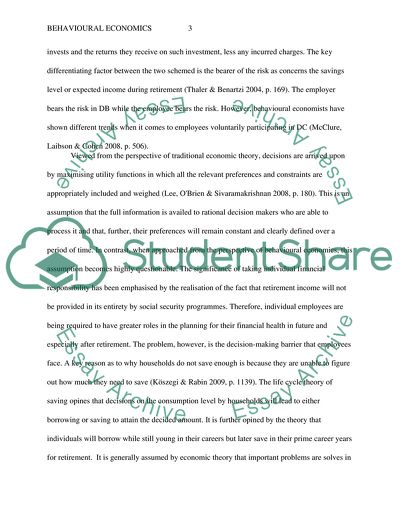Cite this document
(Behavioral Economics of the Save More Tomorrow Case Study - 1, n.d.)
Behavioral Economics of the Save More Tomorrow Case Study - 1. Retrieved from https://studentshare.org/macro-microeconomics/1853038-behavioural-economics
Behavioral Economics of the Save More Tomorrow Case Study - 1. Retrieved from https://studentshare.org/macro-microeconomics/1853038-behavioural-economics
(Behavioral Economics of the Save More Tomorrow Case Study - 1)
Behavioral Economics of the Save More Tomorrow Case Study - 1. https://studentshare.org/macro-microeconomics/1853038-behavioural-economics.
Behavioral Economics of the Save More Tomorrow Case Study - 1. https://studentshare.org/macro-microeconomics/1853038-behavioural-economics.
“Behavioral Economics of the Save More Tomorrow Case Study - 1”, n.d. https://studentshare.org/macro-microeconomics/1853038-behavioural-economics.


